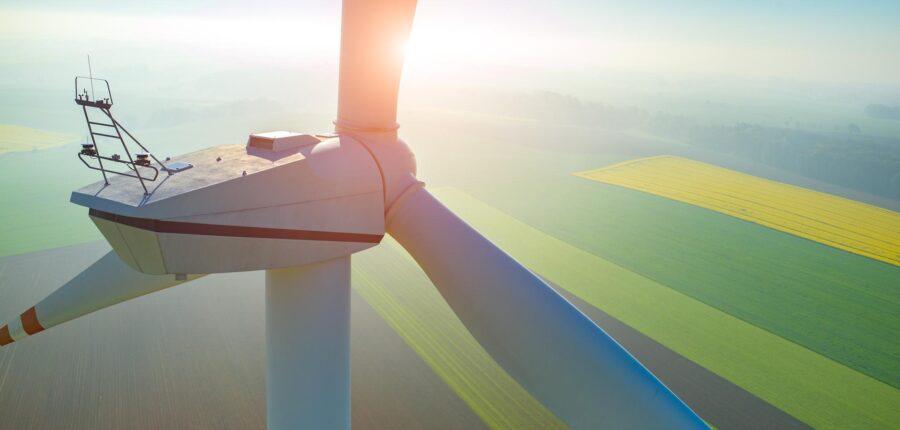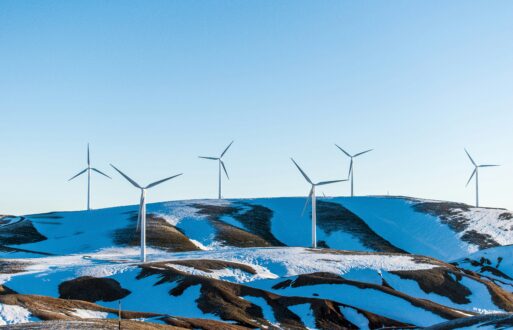The energy mix in the U.S. has evolved as renewable prices have decreased and the cost of fossil fuels has increased – especially in terms of their impact on our climate. As a result, wind and solar capacity have exploded over the last five years, and that spectacular growth is expected to continue for years to come.
Driven in part by our global commitments to reduce carbon emissions, the current administration has set ambitious clean energy goals. President Joe Biden wants 80% of our electricity-generating capacity to come from renewables by no later than 2030 (some experts believe that 30-50% is more likely).
To understand how we might achieve this lofty goal, it’s important to understand where we’ve been, where we are today, and where we could be in the next five years.
Renewable Capacity Yesterday and Today
Let’s first take a step back in time to 1990. Thirty years ago, wind represented just 0.2% of electricity generating capacity in the U.S., and we only had 315 MW of utility-scale solar. By 2011, renewables accounted for nearly 14% of total electricity production. The National Renewable Energy Laboratory (NREL) reports that in 2018 renewables were responsible for more than 20% of U.S. electricity generating capacity, or 249 GW.
What a difference a few decades make. These snapshots show significant growth in renewables from 2011 to 2018, most of which comes from newly installed wind and solar generating capacity. The NREL reports that 8.9 GW of solar PV capacity was added in the U.S. during 2018 alone, as was an additional 7.5 GW of wind capacity.
Renewables are clearly on a roll, and capacity continues to climb. It’s expected that wind, solar, and other clean energy sources will account for 23% of the nation’s electricity capacity by the end of 2022.
Renewable Capacity Tomorrow
We still have a long way to go to achieve that 80% goal in just eight years. That said, experts, including the International Energy Agency (IEA), are predicting big leaps in wind and solar capacity over the next several years. For example, in their report “Renewables 2021,” the IEA forecasts U.S. renewable capacity will increase by 65% between 2021 and 2026, adding over 200 GW. This increase would make the U.S. the third-largest renewable energy market behind China and Europe.
Most of that growth is expected to come from solar PV and wind expansions. Offshore wind is expected to explode in the coming years as construction on several large installations kicks off. The demand for power purchase agreements (PPAs) and the recent extension of the federal investment tax credit (ITC) are also expected to drive growth.
Challenges to Overcome
As with any sweeping change to the way things are done, there will be challenges the country must overcome as we transition to green energy. A common concern is increased commodity prices for wind and solar components due in part to the pandemic.
There is also a clear need to modernize the transmission and distribution infrastructure. The electrical grid must be able to handle these new distributed energy sources. The recently passed $1.2 trillion Infrastructure Investment and Jobs Act (IIJA) lays some of the groundwork to get us there. The IIJA earmarks funds for installing thousands of miles of new resilient transmission lines and expanding renewable energy penetration into the grid. Whether that’s in place in time to meet the 2030 goal remains to be seen. Regardless, the U.S. has significant momentum toward reaching its ultimate objective of a net zero grid.
Are you interested in more news about net zero goals in the U.S.? Read “Net Zero Goals Drive Change for the U.S. Energy Industry” on the PCI blog. If you’re looking for solutions for your renewable energy trading and scheduling, we have those too.







